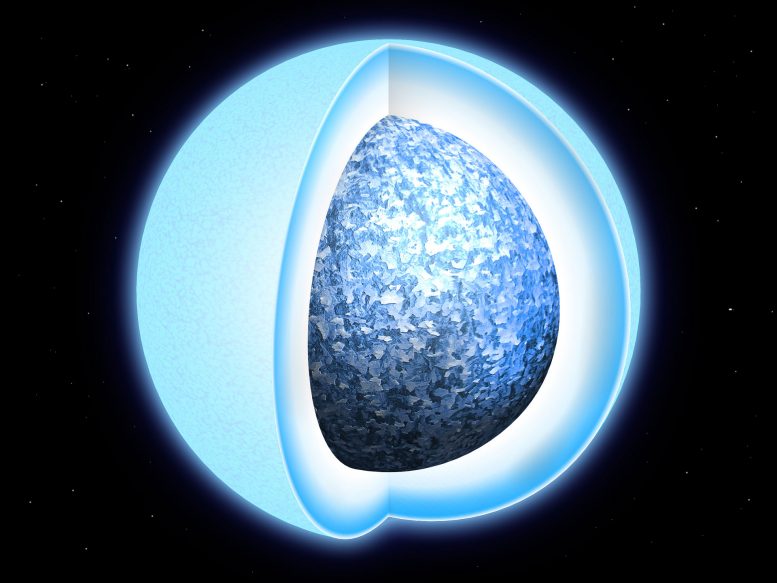
Illustration of a white dwarf, the dead remnant of a star like our Sun, with a crystallized, solid core. White dwarfs are the remains of medium-sized stars similar to our Sun. Once these stars have burnt all the nuclear fuel in their core, they shed their outer layers, leaving behind a hot core that starts cooling down. Data captured by ESA’s galaxy-mapping spacecraft Gaia has revealed for the first time how white dwarfs turn into solid spheres as the originally hot matter inside their core starts crystallizing, becoming solid.
Data captured by ESA’s galaxy-mapping spacecraft Gaia has revealed for the first time how white dwarfs, the dead remnants of stars like our Sun, turn into solid spheres as the hot gas inside them cools down.
This process of solidification, or crystallization, of the material inside white dwarfs was predicted 50 years ago but it wasn’t until the arrival of Gaia that astronomers were able to observe enough of these objects with such a precision to see the pattern revealing this process.
“Previously, we had distances for only a few hundreds of white dwarfs and many of them were in clusters, where they all have the same age,” says Pier-Emmanuel Tremblay from the University of Warwick, UK, lead author of the paper describing the results, published today in Nature.
“With Gaia we now have the distance, brightness, and color of hundreds of thousands of white dwarfs for a sizeable sample in the outer disc of the Milky Way, spanning a range of initial masses and all kinds of ages.”
It is in the precise estimate of the distance to these stars that Gaia makes a breakthrough, allowing astronomers to gauge their true brightness with unprecedented accuracy.
White dwarfs are the remains of medium-sized stars similar to our Sun. Once these stars have burnt all the nuclear fuel in their core, they shed their outer layers, leaving behind a hot core that starts cooling down.
These ultra-dense remnants still emit thermal radiation as they cool, and are visible to astronomers as rather faint objects. It is estimated that up to 97 percent of stars in the Milky Way will eventually turn into white dwarfs, while the most massive of stars will end up as neutron stars or black holes.
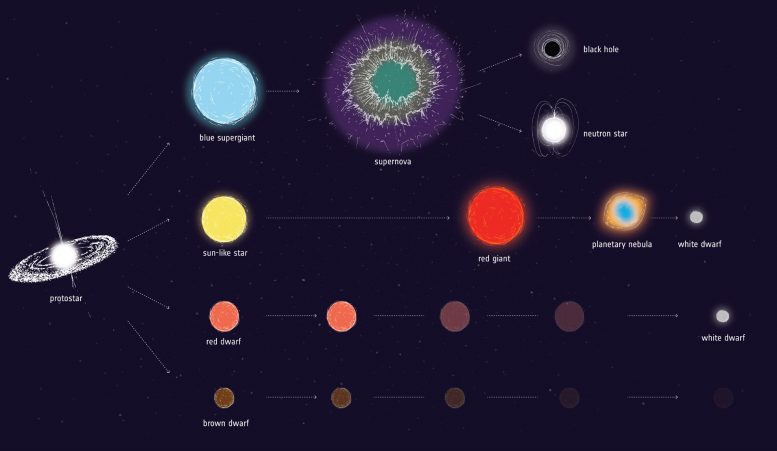
Artist impression of some possible evolutionary pathways for stars of different initial masses. Some proto-stars, brown dwarfs, never actually get hot enough to ignite into fully-fledged stars, and simply cool off and fade away. Red dwarfs, the most common type of star, keep burning until they have transformed all their hydrogen into helium, turning into a white dwarf. Sun-like stars swell into red giants before puffing away their outer shells into colorful nebula while their cores collapse into a white dwarf. The most massive stars collapse abruptly once they have burned through their fuel, triggering a supernova explosion or gamma-ray burst, and leaving behind a neutron star or black hole.
The cooling of white dwarfs lasts billions of years. Once they reach a certain temperature, the originally hot matter inside the star’s core starts crystallizing, becoming solid. The process is similar to liquid water turning into ice on Earth at zero degrees Celsius, except that the temperature at which this solidification happens in white dwarfs is extremely high – about 10 million degrees Celsius.
In this study, the astronomers analyzed more than 15 000 stellar remnant candidates within 300 light-years of Earth as observed by Gaia and were able to see these crystallizing white dwarfs as a rather distinct group.
“We saw a pile-up of white dwarfs of certain colors and luminosities that were otherwise not linked together in terms of their evolution,” says Pier-Emmanuel.
“We realized that this was not a distinct population of white dwarfs, but the effect of the cooling and crystallization predicted 50 years ago.”
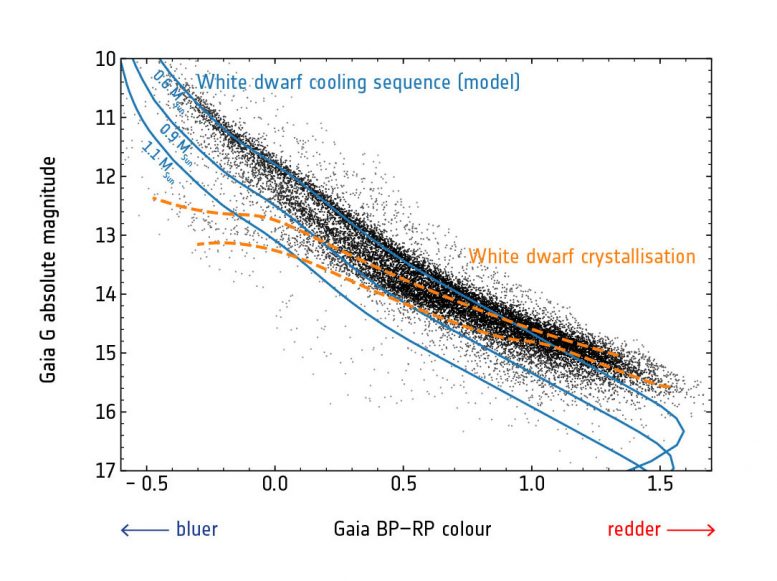
This diagram, known as Hertzsprung-Russell diagram (after the astronomers who devised it in the early 20th century to study stellar evolution) combines information about the brightness, color, and distance of more than 15,000 white dwarfs within 300 light-years of Earth. The data, shown as black dots, are from the second release of ESA’s Gaia satellite. White dwarfs are the remains of medium-sized stars similar to our Sun. Once these stars have burnt all the nuclear fuel in their core, they shed their outer layers, leaving behind a hot core that starts cooling down. In the diagram, blue lines show the cooling sequence of white dwarfs with different masses – 0.6, 0.9, and 1.1 times the mass of the Sun, respectively – as predicted from theoretical models. Analyzing the Gaia data, scientists found a pile-up of white dwarfs of certain colors and luminosities (highlighted with orange lines) that were otherwise not linked together in terms of their evolution. They realized that this pile-up was not a distinct population of white dwarfs, but the effect of the cooling and crystallization of the originally hot matter inside the star’s core. This is the first evidence of crystallization inside white dwarfs, a process that has been predicted in 1968.
The heat released during this crystallization process, which lasts several billion years, seemingly slows down the evolution of the white dwarfs: the dead stars stop dimming and, as a result, appear up to two billion years younger than they actually are. That, in turn, has an impact on our understanding of the stellar groupings these white dwarfs are a part of.
“White dwarfs are traditionally used for age-dating of stellar populations such as clusters of stars, the outer disc, and the halo in our Milky Way,” explains Pier-Emmanuel.
“We will now have to develop better crystallization models to get more accurate estimates of the ages of these systems.”
Not all white dwarfs crystallize at the same pace. More massive stars cool down more rapidly and will reach the temperature at which crystallization happens in about one billion years. White dwarfs with lower masses, closer to the expected end-stage of the Sun, cool in a slower fashion, requiring up to six billion years to turn into dead solid spheres.
The Sun still has about five billion years before it becomes a white dwarf, and the astronomers estimate that it will take another five billion years after that to eventually cool down to a crystal sphere.
“This result highlights the versatility of Gaia and its numerous applications,” says Timo Prusti, Gaia project scientist at ESA.
“It’s exciting how scanning stars across the sky and measuring their properties can lead to evidence of plasma phenomena in matter so dense that cannot be tested in the laboratory.”
References: “Core crystallization and pile-up in the cooling sequence of evolving white dwarfs” by Pier-Emmanuel Tremblay, Gilles Fontaine, Nicola Pietro Gentile Fusillo, Bart H. Dunlap, Boris T. Gänsicke, Mark A. Hollands, J. J. Hermes, Thomas R. Marsh, Elena Cukanovaite and Tim Cunningham, 9 January 2019, Nature.
DOI: 10.1038/s41586-018-0791-x

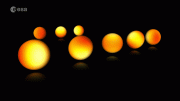
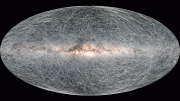


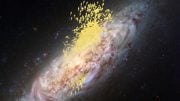
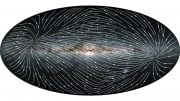
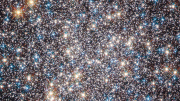
So our sun has already blown off a helium shell and is cooling, one suspects far more rapidly than billions of years, perhaps millions.